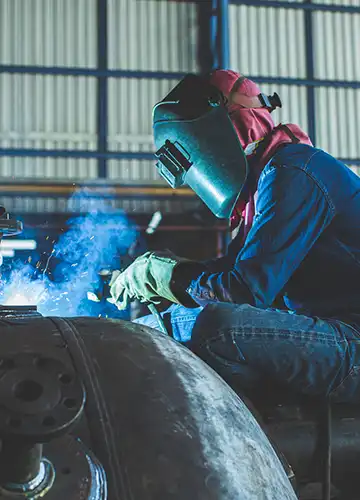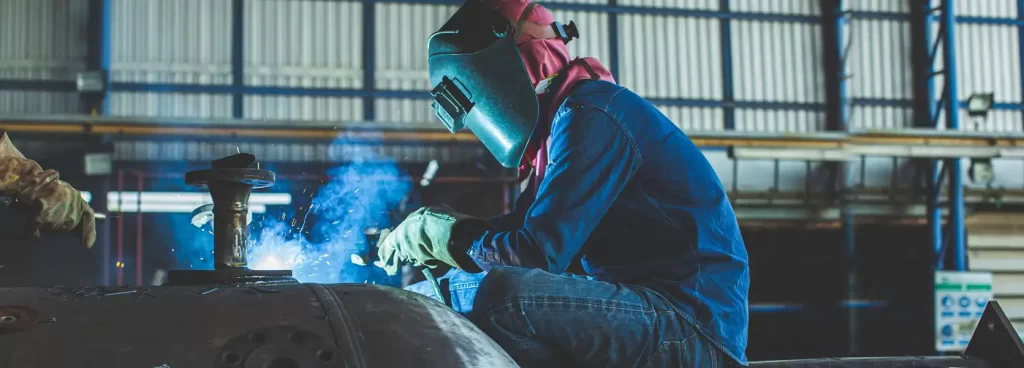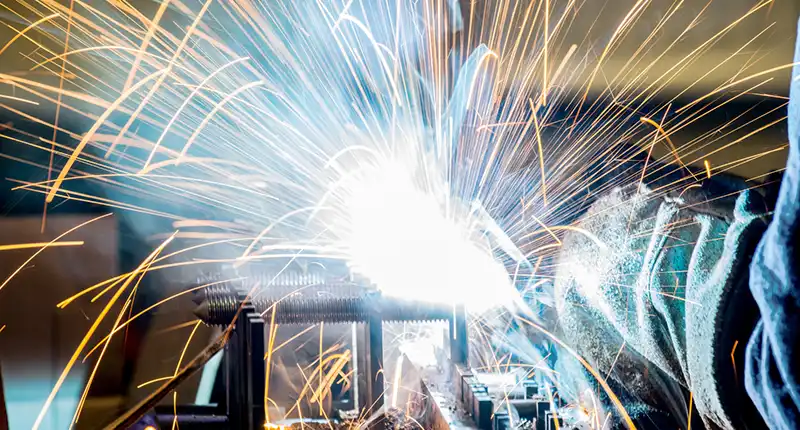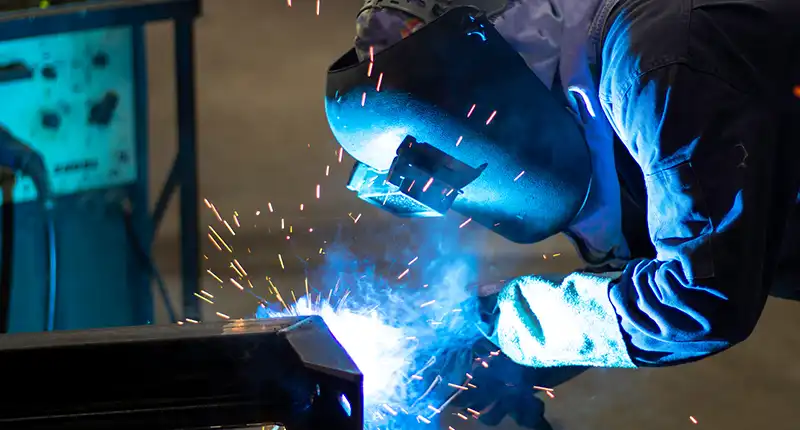- +971 43807099
- +971 563244963
- brisunco@emirates.net.ae
Edit Content

- Meet Us
Shed No. 10,
Fresh Express Warehouse, Road B1, DIP 1,
Dubai, UAE.

Shed No. 10,
Fresh Express Warehouse, Road B1, DIP 1,
Dubai, UAE.


New
New
According to the American Welding Society, more than 50% of all U.S. manufactured products are dependent upon welding and fabrication processes, which are critical in assembling towering skyscrapers and highly intricate machinery. Source Among many other applications that shape this modern world.
They serve not only for structural strength but also as a doorway to innovation and durability for metalwork.
At a Glance
Every skyscraper, every bridge, or every complex machine is the output of welding and fabrication. Together, welding and fabrication take hand-to-hand combat in creating, assembling, and finishing metal pieces to weather the onslaught of time and nature.
Welding is the process of permanently joining two or more metal pieces using heat, pressure, or both. Different techniques such as MIG, TIG, or stick welding create joints with varying strengths.

Welding is not about fusing metals; it is about the bond having enough strength to withstand stress, pressure, and time. It needs precision, skill, and an understanding of metallurgy.
Too little heat results in weak welds with poor fusion, while too much heat can lead to warping, brittleness, or porosity. Like cooking a steak, too rare and it lacks structural integrity; overdone, and it becomes brittle and unusable.
Fabrication begins with an idea, but it ends with a tangible structure. The process includes several key steps:
Fabrication starts on the drawing board, where engineers and designers craft detailed blueprints. At this stage, creativity and practicality fuse. Advanced CAD (Computer-Aided Design) tools help in making sure that every measurement and angle is precise. In such operations, it is essential to leave no room for error.
Precision cutting techniques such as laser cutting, CNC machining, or plasma cutting shape metal components with accuracy. Just like slicing ingredients for a gourmet dish, precision cutting ensures proper fit and function in the final assembly.
If your tools are not cut in the correct proportions, they will not fit with the other parts. This will falter the entire machinery.
Once the components are ready, they are pieced together like a puzzle. This stage often involves welding but may also include riveting or bolting, depending on the project’s requirements.
At this stage too, the components must be cut with precision. After all, you cannot fit a puzzle if the pieces do not have the essential grooves to fit into other parts.

In aerospace or healthcare, for example, a millimeter’s deviation can make a component useless. Fabrication and welding must be done within tight tolerances to ensure flawless performance.
This often requires advanced measuring tools and meticulous quality control.

3D metal printing is transforming manufacturing by allowing the creation of complex, lightweight structures with minimal material waste. While ideal for rapid prototyping and custom designs in aerospace and healthcare, it is still slower than traditional mass-production techniques.
The ability to print in multiple metals makes it ideal for producing high-performance, durable parts. It reduces material costs and accelerates time-to-market.
Self-healing alloys and corrosion-resistant coatings are smart materials that increase durability and performance in a wide range of industries. Aerospace and construction applications decrease maintenance costs and increase the life of critical components. Shape-memory alloys further optimize performance by responding to environmental changes, increasing efficiency and sustainability.
Welding and fabrication might not be in our faces, but their applications are indeed right in front of us in our daily lives. Whether it is in the bridges we cross to get to work or buildings where we work, their influence creates the world for us.
Their evolution further pushes forward the boundaries between engineering and design, thereby making them a necessity to any industry.
Seeking the Best in Welding and Fabrication?
Bright Sun Industries is an entity combining decades of experience with cutting-edge technology to provide high-quality results. We are here to help whether you require a custom solution or some guidance on your next big project.
Contact us today and let’s get started.
At a Glance
Related Blogs
Shed No. 10, Fresh Express Warehouse,
Road B1, Dubai Investments Park 1,
Dubai, UAE.
+971 43807099
+971 563244963
+971 503226480